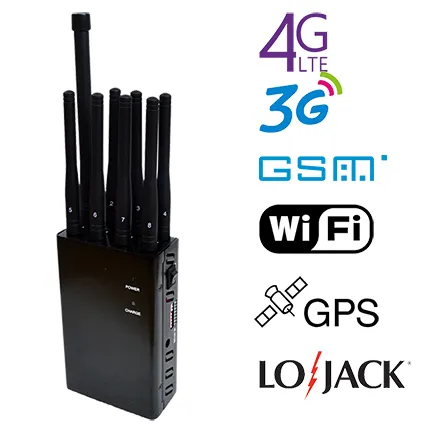Connected devices and cyber-surveillance innovation can track who is in your home and what they are doing. Devices that permit you to use cyber-surveillance are typically linked to the Internet or another information network, so an abuser could hack into these system (with a computer or other technology connected to the network) and manage your devices or details.
If you think that your electronic gadget has been hacked and being misused, you can begin to document the incidents. A technology abuse log is one way to record each event. These logs can be helpful in exposing patterns, determining next steps, and might potentially work in constructing a case if you decide to include the legal system.
A cyber stalker and hacker can also be all ears on you; and access to your e-mail or other accounts linked to the linked devices online. An abuser might likewise misuse innovation that enables you to control your home in a manner in which causes you distress. The abuser might harass you by turning lights and home appliances on or off in your home, adjusting the temperature level to uneasy levels, playing undesirable music or changing the volume, activating house intrusion and smoke detector, and locking or opening doors. Such habits could make you feel uneasy, scared, out of control of your environments, or make you feel baffled or unsteady.
In addition, an online stalker might abuse innovation that controls your house to separate you from others by threatening visitors and obstructing physical gain access to. An abuser might from another location control the clever locks on your home, limiting your capability to leave the house or to return to it.
Finally, computer surveilance might even do more unsafe things when a vehicle is connected and able to be controlled through the Internet. For example, numerous newer vehicles have little computers installed in them that permit somebody to control much of the cars and trucks includes remotely, such as heated seats, emergency braking, or remote steering technology. An abuser could hack into the car’s system and gain access to this computer to control the speed or brakes of your vehicle, putting you in serious risk.
Without the access to your passwords, gaining control over your connected devices might require an advanced level of knowledge about innovation than most people have. Other details could be easier for a non-tech-savvy abuser to access. When gadgets are connected through an information network or the Internet, for instance, an abuser might have the ability to log into (or hack into) that system to get information about how those devices were utilized, such as when you come and go from your house or where you drive your automobile.
A number of the laws that apply to electronic security might apply to acts of cyber-surveillance too, depending upon how the abuser is utilizing the linked gadgets to abuse you and the specific language of the laws in your state. If the abuser is accessing gadgets on your network to listen in on your conversations, possibly eavesdropping laws may use. In addition, an abuser who is viewing you or taping you through your devices, may be breaching intrusion of personal privacy or voyeurism laws in your state. Other laws might likewise apply to a scenario where an abuser is unapproved to access your linked devices, such as particular computer system criminal offenses laws. In addition, if the abuser is accessing your gadgets to take part in a course of conduct that triggers you distress or fear, then harassment or stalking laws might protect you from the abuser’s habits. There’s much more info, on this topic, if you click on their website link wifi signal jamming !
 In order to attempt to use linked devices and cyber-surveillance securely, it can be valuable to know precisely how your devices connect to one another, what details is offered remotely, and what security and personal privacy functions exist for your technology. If a gadget starts operating in a method that you understand you are not controlling, you might want to detach that device and/or remove it from the network to stop the activity. You may be able to find out more about how to remove the gadget or disconnect by reading the device’s manual or speaking with a customer support agent.
In order to attempt to use linked devices and cyber-surveillance securely, it can be valuable to know precisely how your devices connect to one another, what details is offered remotely, and what security and personal privacy functions exist for your technology. If a gadget starts operating in a method that you understand you are not controlling, you might want to detach that device and/or remove it from the network to stop the activity. You may be able to find out more about how to remove the gadget or disconnect by reading the device’s manual or speaking with a customer support agent.


Recent Comments